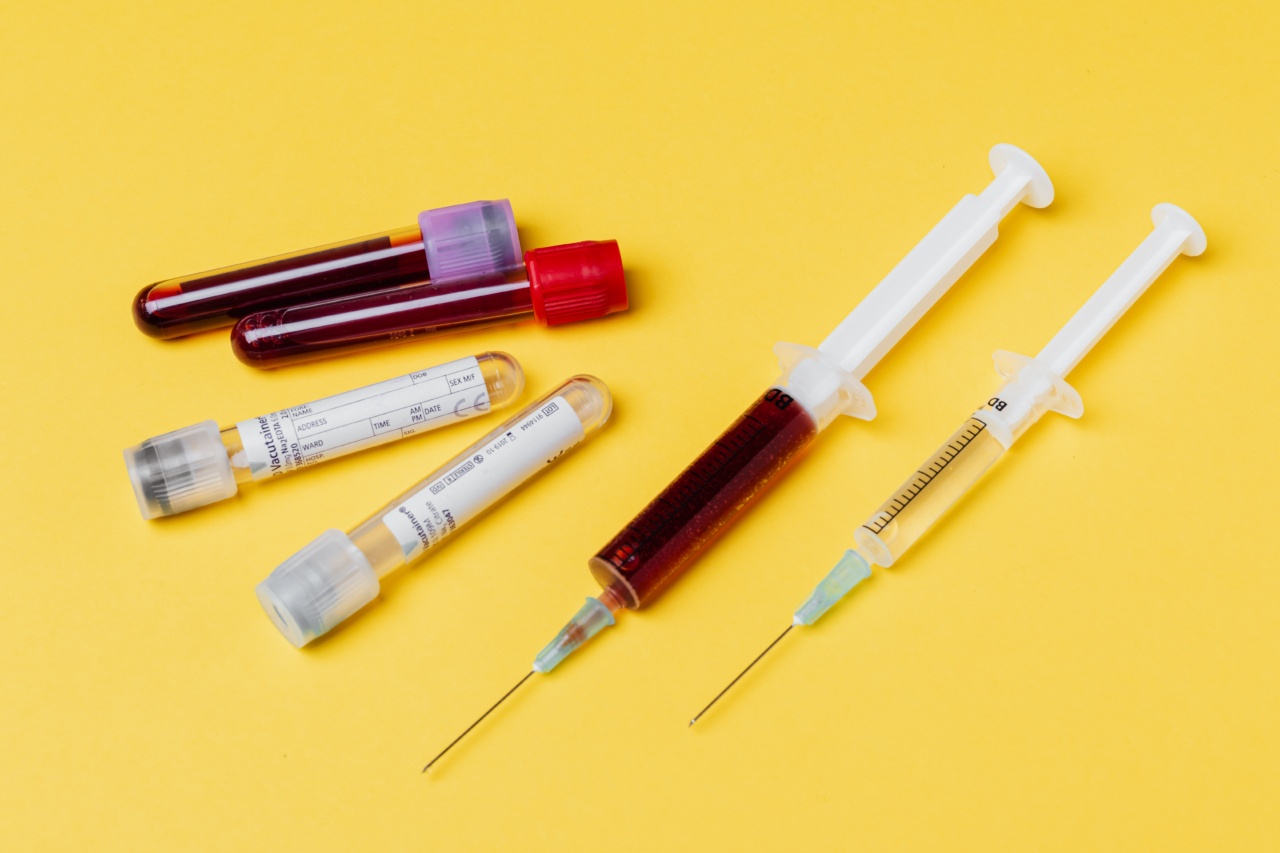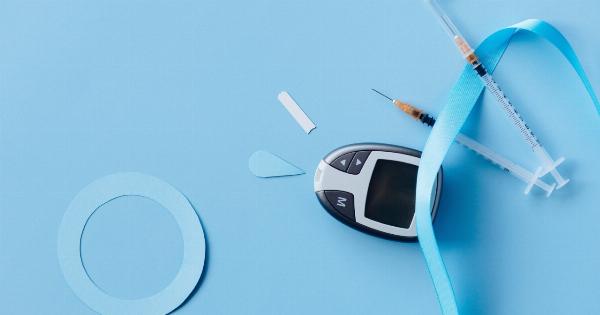High blood pressure and high cholesterol are two common health conditions that often go hand in hand. They can significantly increase the risk of developing heart disease, stroke, and other cardiovascular problems.
Fortunately, there is a two-in-one medication available that effectively lowers both high blood pressure and cholesterol levels. This medication offers a convenient and efficient solution for individuals who need to manage both of these conditions simultaneously.
Understanding High Blood Pressure
High blood pressure, also known as hypertension, refers to the force of blood against the walls of the arteries. When this force is consistently too high, it can lead to various health complications.
Risk factors for developing high blood pressure include family history, advancing age, obesity, lack of physical activity, and poor dietary choices.
Untreated high blood pressure puts strain on the heart and blood vessels, which can lead to heart attacks, stroke, kidney problems, and other serious conditions.
Managing high blood pressure is crucial to prevent these complications and promote overall health and well-being.
Understanding High Cholesterol
Cholesterol is a type of fat that is produced by the liver and also obtained from certain foods. It is essential for the body’s normal functioning, but excessive levels of cholesterol can be harmful.
High cholesterol, or hypercholesterolemia, occurs when there is an excess of low-density lipoprotein (LDL) cholesterol in the blood.
LDL cholesterol, often referred to as “bad” cholesterol, can build up in the arteries and form plaques. These plaques can restrict blood flow and increase the risk of heart disease and stroke.
Risk factors for high cholesterol include a diet high in saturated and trans fats, lack of exercise, smoking, obesity, and certain genetic conditions.
The Two-in-One Medication
The two-in-one medication is a combination drug that effectively tackles both high blood pressure and high cholesterol. It contains two active ingredients that work synergistically to address these conditions simultaneously.
1. First Active Ingredient
The first active ingredient in the medication is a powerful antihypertensive drug. It helps relax the blood vessels, allowing blood to flow more easily and reducing the force against the artery walls.
By reducing high blood pressure, this ingredient helps lower the risk of heart disease, stroke, and other related complications.
2. Second Active Ingredient
The second active ingredient in the medication is a potent statin. Statins work by limiting the production of cholesterol in the liver, thus decreasing the amount of LDL cholesterol in the blood.
By lowering LDL cholesterol levels, this ingredient helps prevent the formation of artery-clogging plaques, reducing the risk of heart disease and stroke.
The Benefits of a Two-in-One Medication
Combining the antihypertensive and statin medications into a single pill offers several benefits:.
1. Convenience
With a two-in-one medication, individuals only need to take a single pill instead of multiple medications.
This simplifies the daily medication routine and enhances adherence, ensuring that both high blood pressure and cholesterol levels are effectively managed.
2. Cost-Effective
Using a combination medication can be more cost-effective compared to purchasing separate antihypertensive and statin drugs. It reduces the overall medication cost, making it a financially viable option for many individuals.
3. Enhanced Effectiveness
The combination of the antihypertensive and statin drugs enhances the effectiveness of each individual component. By addressing both conditions simultaneously, the medication provides comprehensive treatment, reducing the risk of cardiovascular events.
4. Improved Safety Profile
Because the two-in-one medication combines well-established drugs that have been extensively studied, its safety profile is well-documented.
It is crucial to consult with a healthcare professional to determine if this medication is suitable and safe for individual needs.
Managing High Blood Pressure and Cholesterol: Lifestyle Changes
In addition to medication, lifestyle modifications play a crucial role in managing high blood pressure and cholesterol levels effectively. Here are some recommendations:.
1. Maintain a Healthy Diet
Eating a balanced and nutritious diet is essential. Opt for foods low in saturated and trans fats, sodium, and cholesterol. Include plenty of fruits, vegetables, whole grains, and lean proteins in your meals. Avoid processed foods and sugary drinks.
2. Engage in Regular Exercise
Physical activity helps lower blood pressure and increase levels of high-density lipoprotein (HDL) cholesterol, or “good” cholesterol.
Aim for at least 150 minutes of moderate-intensity aerobic exercise per week, along with strength training exercises.
3. Maintain a Healthy Weight
Being overweight or obese increases the risk of high blood pressure and high cholesterol. If necessary, work on achieving and maintaining a healthy weight through a combination of dietary changes and regular physical activity.
4. Limit Alcohol Consumption
Excessive alcohol consumption can contribute to high blood pressure and high cholesterol. If you drink alcohol, do so in moderation. Men should limit their intake to no more than two drinks per day, and women should limit to one drink per day.
5. Quit Smoking
Smoking damages blood vessels, reduces oxygen supply, and increases the risk of atherosclerosis. Quitting smoking is essential for managing both high blood pressure and high cholesterol.
Seek support from healthcare professionals or join smoking cessation programs if needed.
Conclusion
A two-in-one medication that lowers high blood pressure and cholesterol offers a convenient and effective solution for individuals managing both conditions.
By combining an antihypertensive drug with a statin, this medication effectively reduces the risk of heart disease, stroke, and other cardiovascular complications. However, it is important to complement medication with lifestyle changes such as a healthy diet, regular exercise, weight management, limited alcohol consumption, and smoking cessation.
Consulting with a healthcare professional is vital to determine the appropriate treatment plan and medication regimen for individual needs.































